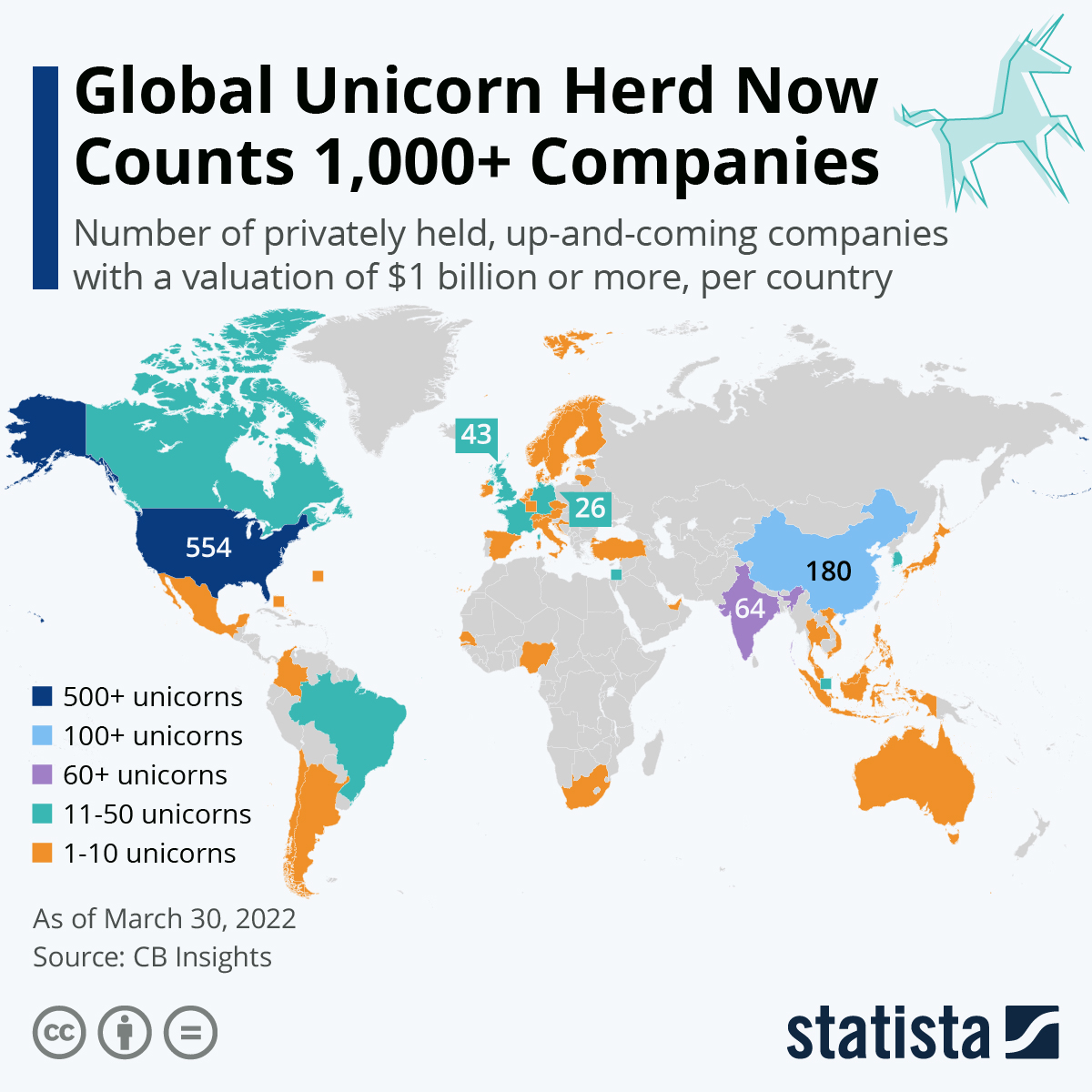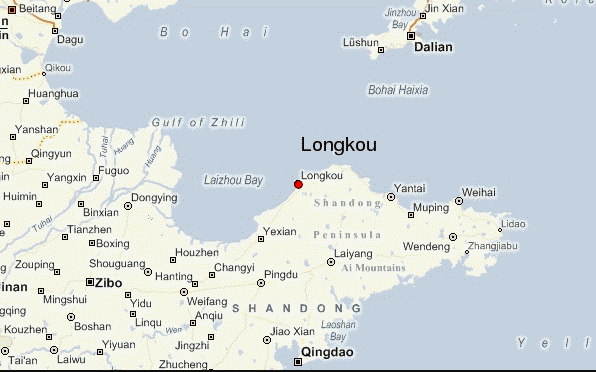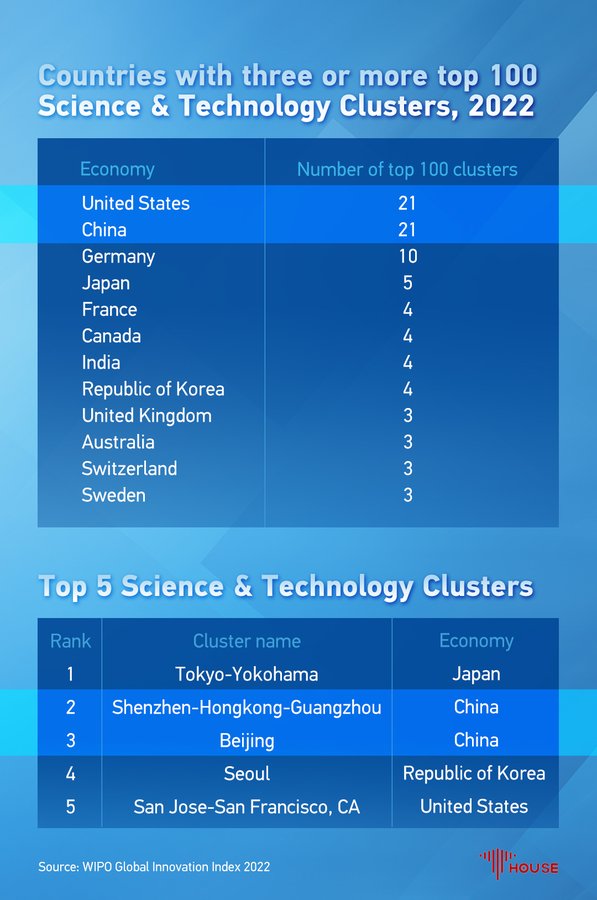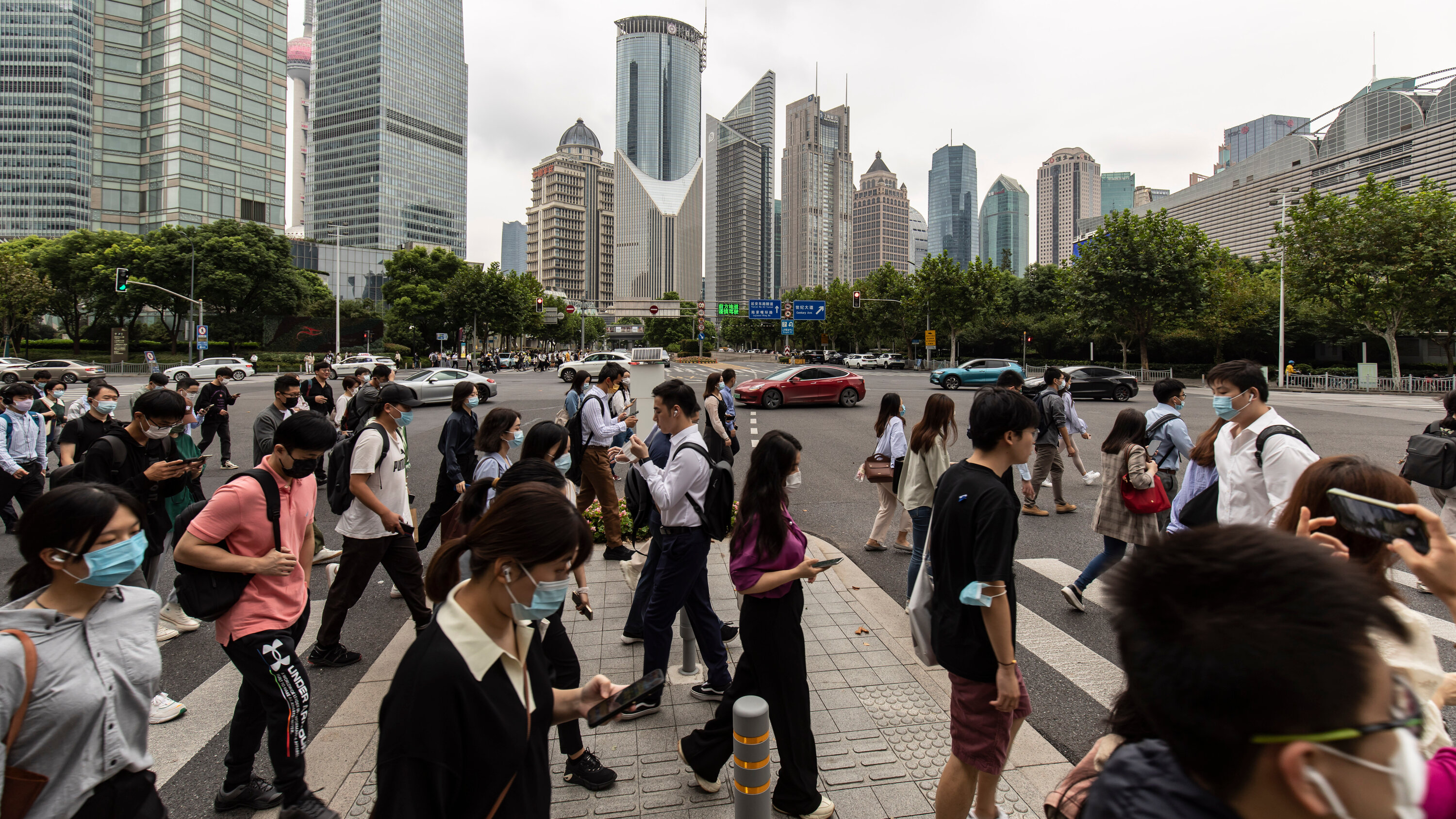China News 23rd November 2022
Whilst we may have hinted at the transfer of power from the West to the East, it is also of relevance to notice another trend. While Tier One cities in China usually attract attention, we notice that future entrepreneurism in the inner regions are becoming more prominent in Asia giant’s economic landscape.
As China's provincial economy continues to gain momentum, more and more counties are becoming fertile ground for the birth of "unicorn" companies. The emergence of unicorns in small counties is not only a sign of the spreading effect of China's innovation economy, but also provides a new impetus for the revitalisation of the county economy and the national economy. A "unicorn" is generally defined as an unlisted start-up company that has been established for no more than 10 years and has a valuation of more than US$1 billion. "Unicorn" enterprises are regarded as an important weather vane for the development of the new economy and are mainly concentrated in the high-tech field. China has become one of the countries with the largest number of unicorns in the world, and these companies were previously mainly located in developed regions, especially in large cities.

However, this pattern is quietly changing. There is a new trend in the development of "unicorn" enterprises, with more and more "unicorns" beginning to sink to second and third-tier cities, and even many counties are becoming new areas for "unicorns" to emerge. Many counties are becoming new unicorn-generating regions. For example, Taizhou in Jiangsu, Luoding in Guangdong and Weinan in Shaanxi. For example, Longkou, a county-level city in Yantai, Shandong Province, has spawned more than a dozen listed companies, and by 2020, the city will have identified a total of 20 provincial-level "specialised and new" SMEs, nine provincial-level "gazelle enterprises" and two national specialised and new "small giants". 2 "Little Giants". Such a large number of innovative enterprises gathered in a county economy has become a solid foundation for the creation of "unicorns".
The reason why the county economy has become a new place for the creation of unicorns is due to a number of factors. On the one hand, with the rising costs of big cities, the attractiveness of unicorns, mainly SMEs, has declined to a certain extent, and innovation and entrepreneurial activities have begun to spread to second- and third-tier cities and even county-level areas. In terms of population, China's counties and county-level cities will have a resident population of about 250 million in 2021, accounting for nearly 30% of the country's urban resident population. In terms of industrial development, after years of accumulation, many counties have formed unique and market competitive industrial clusters.

On the other hand, technological development can effectively break through geographical, transportation and information constraints, which has also created conditions for the multi-point explosion of "unicorns". According to data, in 2021, the largest valuation distribution of unicorns in China will be in the social media industry, followed by the financial technology, e-commerce and logistics industries.

At the same time, national and local policies are playing an important role in attracting unicorns to sink. From the central to the local level, a policy system to promote the economic development of counties has basically taken shape, and the environment for innovation and entrepreneurship has been significantly enhanced. Not long ago, the General Office of the Central Committee of the Communist Party of China and the General Office of the State Council issued the Opinions on Promoting Urbanisation with Counties as Important Carriers, making comprehensive plans to promote the construction of counties, which are facing huge development opportunities. Taking this as an opportunity, governments around the world have introduced preferential measures to make great efforts to attract investment and introduce innovative enterprises, and these measures involve a number of aspects such as finance, finance, land and talents. Among these measures, government-led funds have played a very active role. Data shows that among the 26 new government-guided funds set up in the first quarter of 2021 alone, the number of city and county-level guided funds set up significantly exceeds that of municipalities and provinces. The number of county-level and prefecture-level municipal government guidance funds is also relatively high in the sequence of nearly 2,000 guidance funds in China, at 570 and 866 respectively. Attracting a large influx of private capital fuelled by the guidance funds, investment activities at the county and district levels will become more active.

There is no doubt that the county economy still has considerable potential to develop and nurture "unicorns". Of course, it should be noted that there is still room for further improvement in the innovation and entrepreneurial environment of the county economy, especially in attracting investment and industry, not only to attract capital, but also to take a variety of measures to retain capital and enterprises, attaching great importance to improving the soft environment and creating an atmosphere of respect for and reliance on talent. In this way, more "unicorns" will be born from the county economy, and the county economy itself will be able to develop faster and better.
Worked on the article:

Wanlikhang





